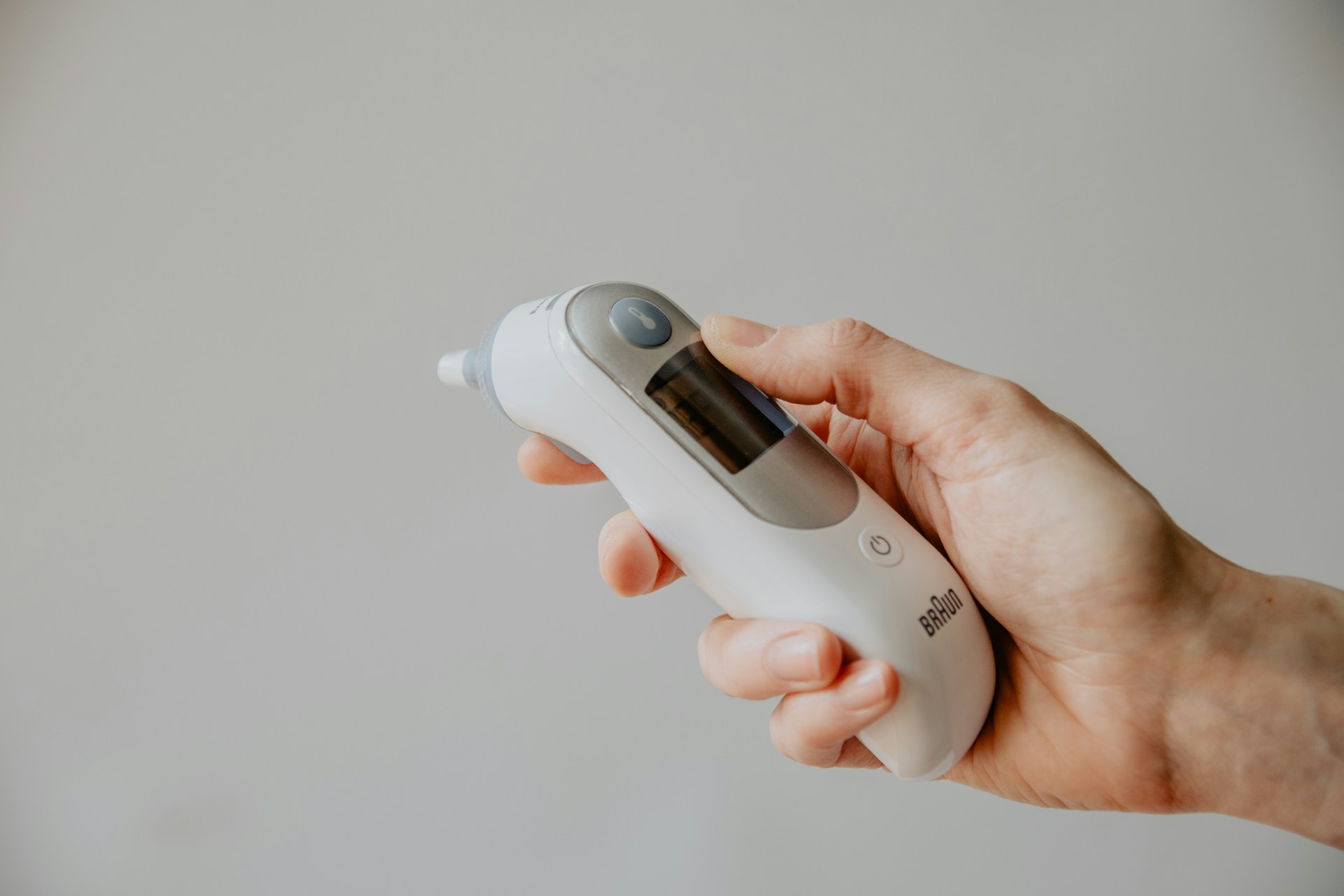Infrared (IR) thermometers are used to provide accurate temperature measurements in a range of domestic and industrial settings.
By providing safe contactless temperature measurement, IR thermometers are able to be used in many environments and for many tasks. They provide clear results without requiring physical contact.
Obtaining accurate temperature measurements is essential when it comes to ensuring safety and efficiency of electrical work. Here’s how IR thermometers work.
What is an IR thermometer, and how do they work?
IR thermometers use infrared radiation to determine an object’s surface temperature. This makes them ideal for use with objects that are fragile or dangerous or that are located in hard-to-reach places.
Infrared radiation is able to determine the speed of atoms moving along an object. Fast-moving atoms correlate with higher surface temperatures, enabling thermometers to provide accurate measurements.
Relying on infrared technology, IR thermometers use a lens to focus infrared light emitting from a target object onto a detector called a thermopile.
The thermopile comprises a series of connected thermocouples. The thermopile surface absorbs infrared radiation and turns it into heat, with voltage output being produced in relation to the initial infrared energy.
These steps occur very quickly, and together, they allow an IR thermometer to record and display a temperature measurement within just a few seconds.
When are IR thermometers used?
IR thermometers are able to be used in a range of settings. Their contactless measurement process makes them highly practical across many environments and industries.
Often, IR thermometers are used in construction and electrical environments. They are also used in laboratories and manufacturing settings, including food production facilities.
What factors should you consider when choosing an IR thermometer?
When choosing an IR thermometer, there are many factors you should consider.
The first and most important of these is accuracy. Accuracy of IR thermometers usually depends on distance-to-spot ratio (D/S ratio). This ratio is the maximum distance at which the thermometer can accurately evaluate a surface area to determine its temperature. It’s important to choose a thermometer with a D/S ratio that aligns with the distances you will need to navigate when measuring temperatures.
It’s also a good idea to consider emissivity. This relates to the amount of infrared energy that a thermometer can transmit at any one time. Thermometers with higher emissivity can read more materials than lower-emissivity options. Some IR thermometers feature adjustable emissivity levels, allowing you to alter the amount of infrared energy used.
Another key consideration should be temperature range. All IR thermometers feature a temperature range within which they can measure accurately. If you are measuring vast temperature ranges, it’s important that your chosen thermometer can accommodate this. If you require higher resolution results, a narrower temperature range is likely to be a better option.
Finally, you’ll need to consider your thermometer’s response time and design. Choosing a thermometer that can deliver a quick response is important if you’ll be taking time-critical temperature measurements. Likewise, a practical, durable design is likely to make a thermometer easier to use.
Do you need a high-quality IR thermometer? Visit the RS Online store to find the right device for you.
